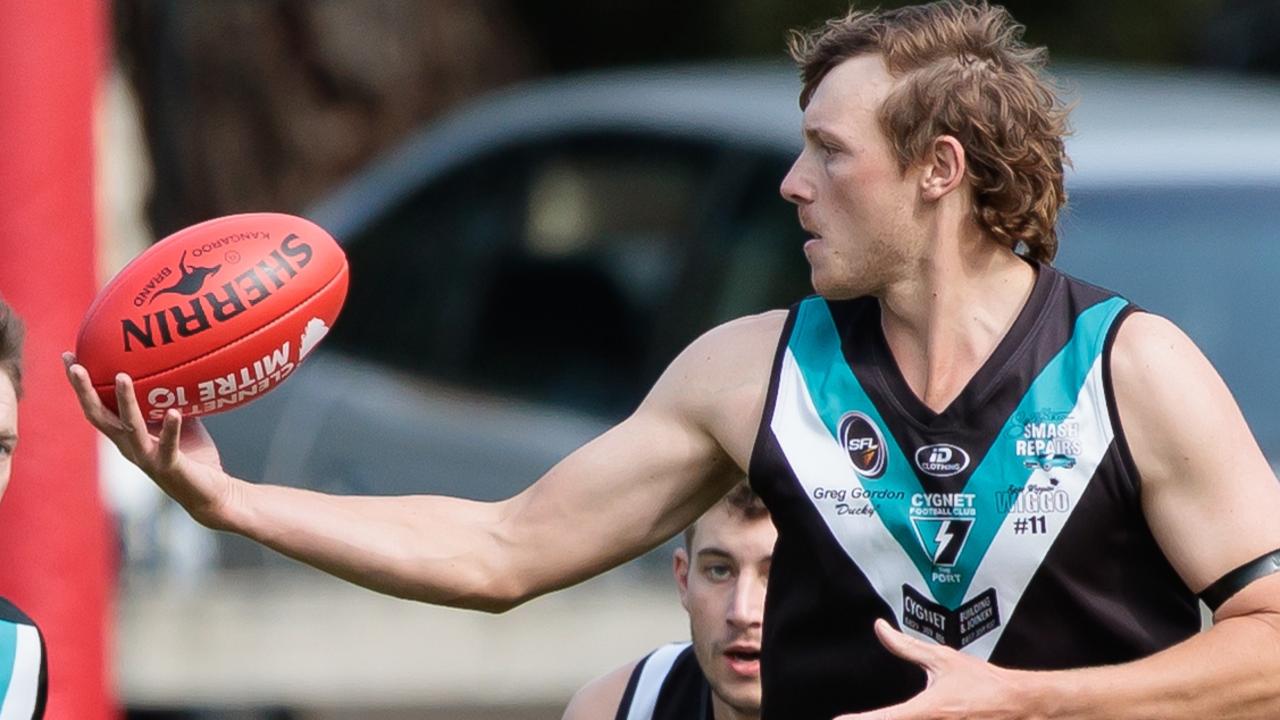Visiting mountain bikers increase workload at Tassie hospitals by 20 per cent
As thousands flock to the state’s world class mountain bike trails, a GP says a spike in serious injuries from riders are adding pressure to an already strained ambulance and hospital system. LATEST >>
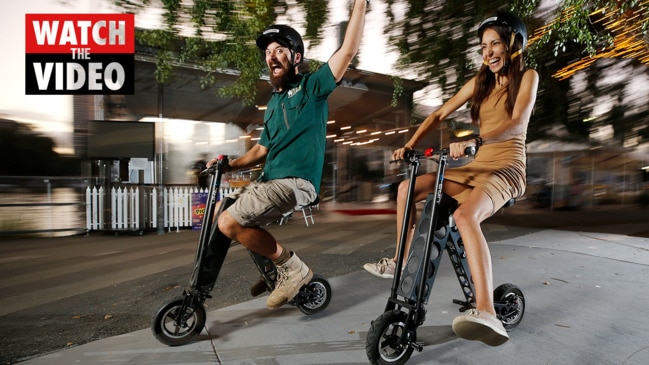
News
Don't miss out on the headlines from News. Followed categories will be added to My News.
MOUNTAIN biking has been a boon to Tasmania’s tourist economy, but there is also a cost in bumps, bruises and broken bones.
As thousands flock to the state’s world class trails, there are reports of serious injuries adding pressure to an already strained ambulance and hospital system.
Devotees of the sport downplay the injuries and risks.
St Helens GP Dr Michael Fox sees everything from grazes to dislocated shoulders and riders with internal injuries.
His son Sam, an Australian mountain bike champion, was 16 when he was injured in a fall that could have had serious consequences.
“Just before the world championships, he fell and ruptured his kidney and liver and there is a 20 per cent mortality rate with that, but he was young and recovered,” Dr Fox said.
“He missed a jump, hit the ground really hard and from a height.
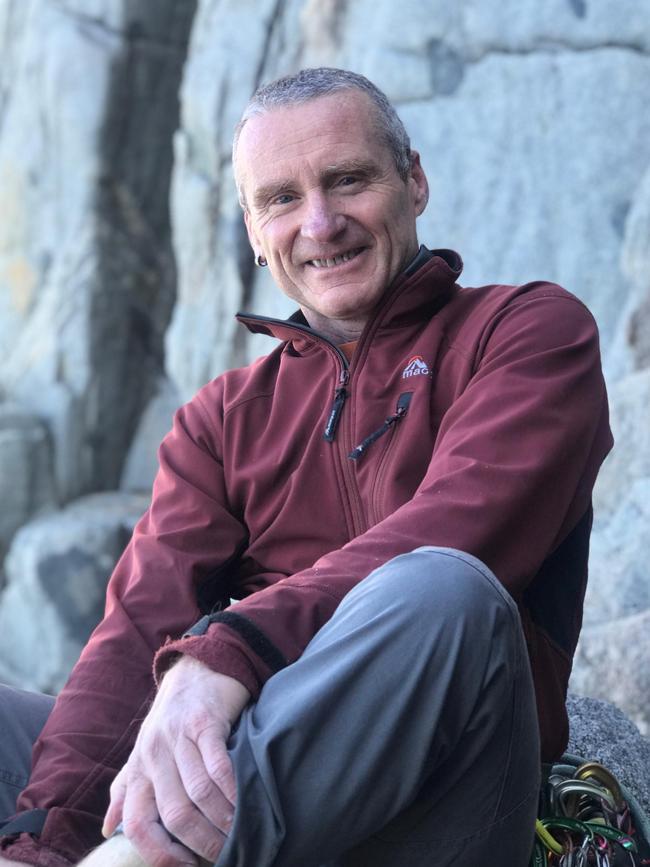
“Young people can present at hospital and say ‘I fell off my bike’ and they look OK so they are not a high priority but then they worsen and we find they have internal injuries.”
Dr Fox believes the workload at the local hospital has increased by about 20 per cent with the extra visitors that mountain biking has brought to the town.
He has also treated a paramedic who was hurt as he drove to treat an injured rider.
“It was a very bumpy drive and he hit his back and neck on the roof so we had to treat him too.”
But Dr Fox is adamant that while it can often be difficult extracting riders from trails, the sport has many benefits.

“It is manageable and it is great that people are getting out in the fresh air and at St Helens it is so good to watch the young kids being active,” he said.
An Ambulance Tasmania communications operator said weekends were especially busy with mountain biking injuries with some crashes requiring an airlift by helicopter.
“This involves a lot of people to co-ordinate a rescue and we see concussions and fractures.
“It’s not like a bushwalker who twists an ankle or gets bitten by a snake. These riders hit trees and rocks at high speeds.”
Skills coach and owner of biking business Rideo, Christa Capel, says mountain biking is an extreme sport and people need coaching.
“You can get a lesson for $100 and that could save you thousands of dollars in health costs,” Ms Capel said.
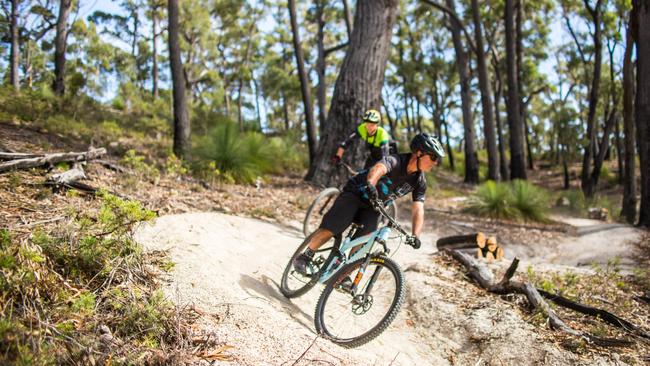
“People shouldn’t just grab a bike and go if they have no idea of the dangers – if you’re guessing, you should get off.
“Driving a car is super easy – you’re on the road with five or six gears but a mountain bike has 12 to 24 gears, you go off road and the front tyre goes independent of the back tyre. It’s harder than driving a car and people have lessons to drive a car.”
Alison Hetherington of Bicycle Network Tasmania says mountain biking is popular with families.
“There is a risk of injury with mountain biking, just like football or skiing, so unfortunately there will be people who suffer serious injury.
“The key to understanding and minimising that risk is to wear the safety equipment, develop your skill level and only ride trails that match your abilities.”
“Just like getting a few lessons before you try playing tennis or golf, getting a few mountain biking lessons will go a long way to helping you hone the necessary skills to enjoy it more.”
Blackmans Bay woman Jen Beattie, her husband and two sons, have taken to mountain biking like ducks to water.
“I love that we can all get out together with friends and the kids are very encouraging of each other,” she said.

“It is absolutely beautiful out in the bush and at St Helens we stopped at amazing swimming holes.”
Launceston Mountain Bike Club president Peter Bird took up mountain biking when he turned 50 and said world class trails made it a popular pastime.
“Prior to the Covid-19 pandemic it was estimated 30,000 riders visited Derby annually,” he said.
“Injuries are always a concern in any sport or leisure activity but these need to be weighed up against the social and health benefits, particularly improved mental and physical health outcomes.”
His comments are echoed by a GP who said she would rather treat a bike injury “than all of the obesity related illnesses that are epidemic in our country”.
“The trails are very well designed and managed and I don’t see the growth of this sport as a burden to our environment, economy or health services.
“It is getting people outdoors, moving and fit.”
Mountain bike mecca: 20 new tracks planned for Hobart
Hobart will rival the mountain biking meccas of Derby and Maydena if a plan to build 37 kilometres of new tracks in the foothills of kunanyi / Mount Wellington goes ahead, a local tour guide says.
Jon Stagg, the general manager of Hobart Mountain Bike Tours, says the Hobart City Council’s proposed expansion to the mountain’s trail network would be “huge” for the city.
“At the moment the trail network on the mountain makes absolutely no sense,” he said.
“It’s going to give me a lot more choices to tailor tours more to the needs of the guests we’ve got.
“I think once this goes ahead, Hobart is going to rival Derby and Maydena and St Helens. I think that’s how good it is.
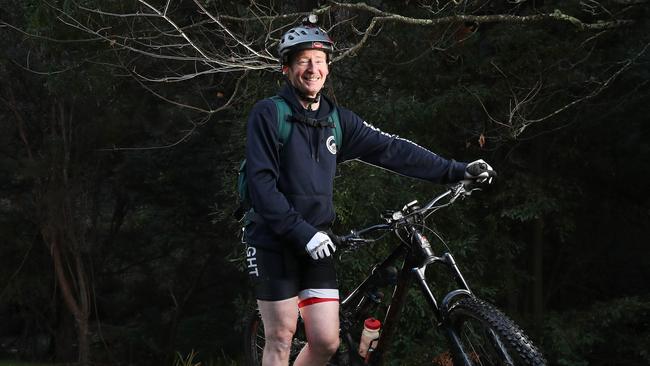
“If people are thinking about a mountain biking holiday, it’s probably a lot easier to bring a family down here to stay a week in Hobart.”
The council last year endorsed a plan to improve offerings for mountain bike riding in the foothills of the mountain. It followed a period of consultation with riders, walkers and runners.
There were 423 responses to a riders’ survey, 104 to a walkers’ survey and 59 to a runners’ survey. While 93 per cent of riders and 72 per cent of runners were either happy or very happy with the proposed plan, only 52 per cent of walkers were. A quarter of walkers said they were concerned about potential environmental impacts.
The council will seek external grant funding for the 20 new tracks, five of which would be for shared use.

Tasmanian National Parks Association president Nick Sawyer has expressed reservations about the plan, saying that while the group supports the improvement of facilities for mountain bike riders on the lower slopes of the mountain, it holds concerns about “potential new user conflict” associated with the proposed tracks.
“Since the main target audience (of the surveys) was mountain bikers, it is highly likely that responses from walkers were biased towards mountain bikers who also bushwalk,” he said. “These are likely to be far more tolerant of mountain bikers than non-cycling bushwalkers.”
Alison Hetherington, of Bicycle Network Tasmania, said the popularity of mountain biking in Hobart had “boomed” and many riders were excited about the prospect of new tracks to enjoy.
Public submissions on the development application for the first three new tracks - known as Rocky Wheel’n, Free Wheel’n and Skid Road - closed on Friday.

